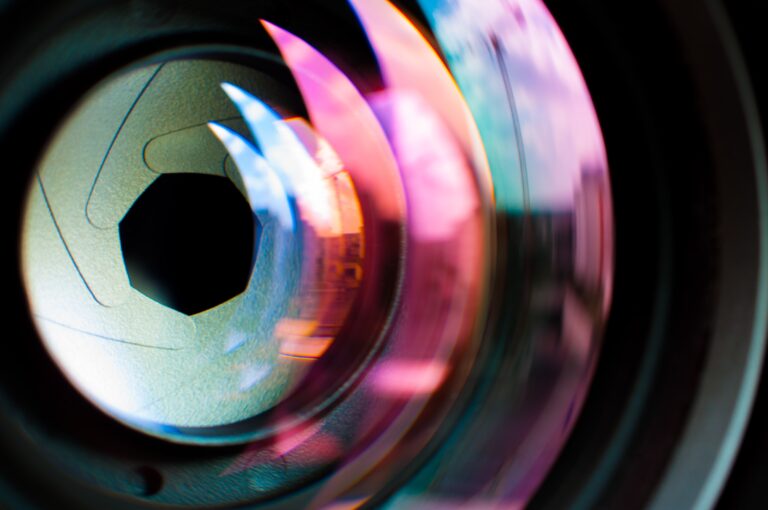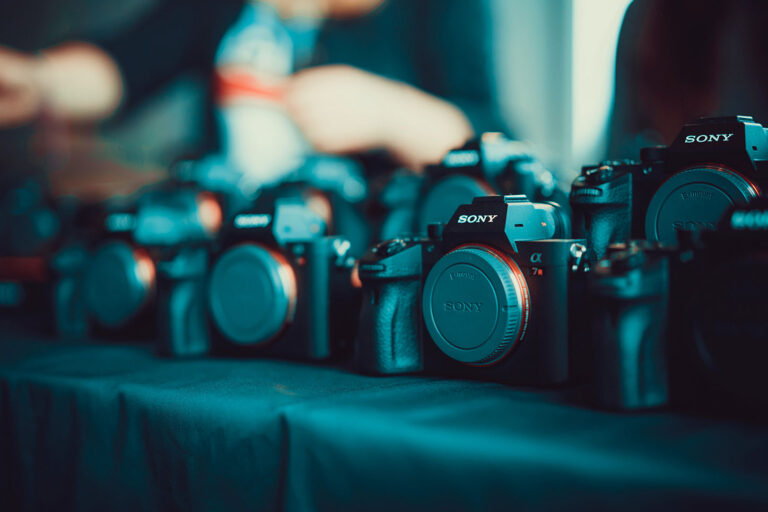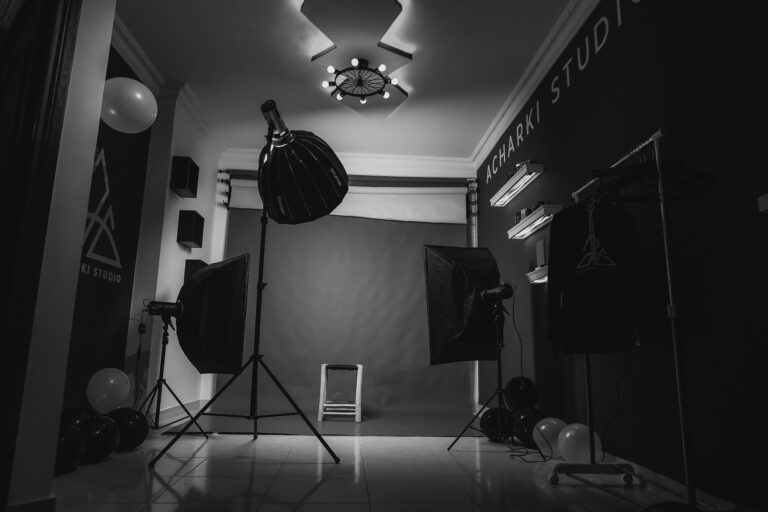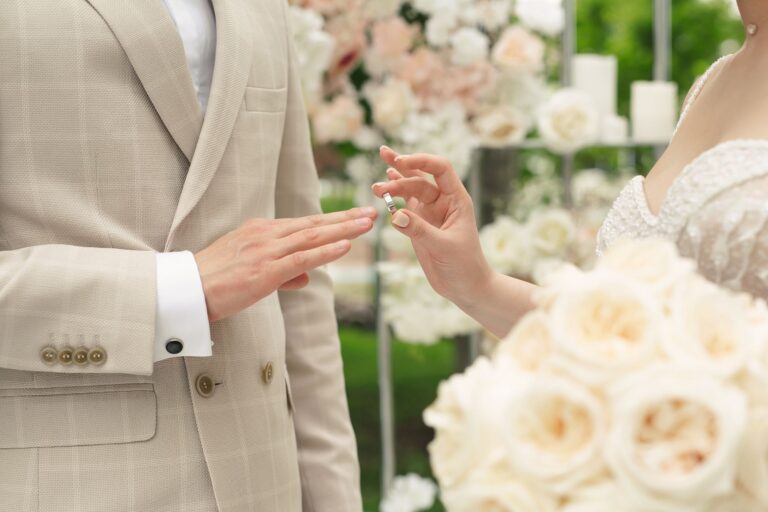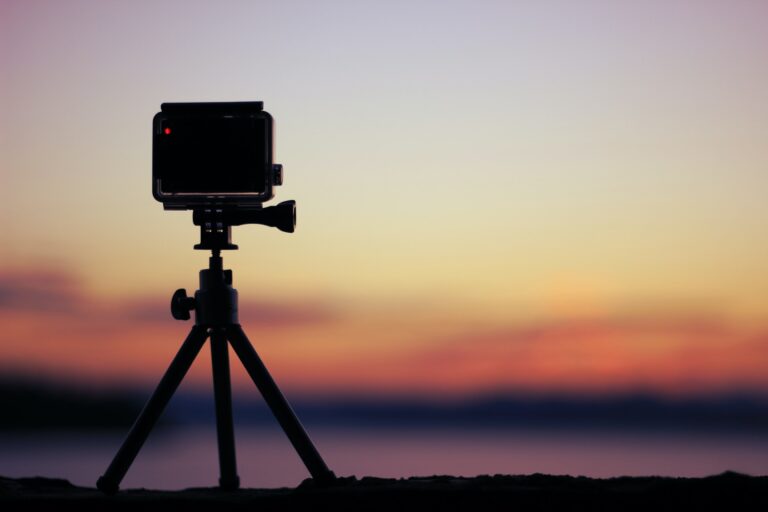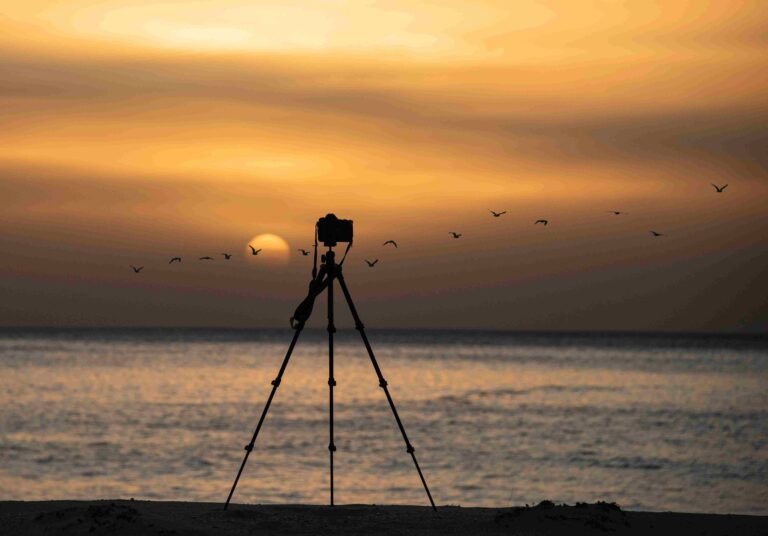The Professional Photographer’s Guide to Flash Settings in Wedding Photography
Wedding photography presents unique challenges, even for seasoned professionals. Among these, mastering flash settings stands as a critical task that can make the difference between a good shot and a great one. This guide is written with a single aim to help every photographers have the perfect hold on flash settings in wedding photography.
The Art and Science of Flash in Wedding Photography
Flash photography, especially in the context of weddings, isn’t merely about overcoming poor lighting—it’s a tool that can add depth, highlight subjects, and transform ordinary scenes into extraordinary images. For instance, even during outdoor weddings, where natural light is abundant, strategic use of flash can enhance your photographs.
Although some might argue, relying soleyl on natural light is not enough and can result in images looking one dimensional. I remember one particular evening wedding, held under a beautiful, starry sky. The ambient light was enchantingly romantic—but not so great for photography. It was then that I truly understood the importance of mastering flash settings to capture the magic of the night without losing detail or ambience.

Role of Flash in Wedding Photography
Flash serves multiple purposes in wedding photography. It can:
- Compensate for low-light conditions: This is the most obvious use. In situations where the natural light is too low, flash can provide the necessary illumination.
- Fill in shadows: When the lighting is harsh, such as in midday sun, flash can be used to fill in shadows on the subjects’ faces and prevent them from being underexposed and resulting in images that are completely useless.
- Highlight the subject: In some cases, you may want to use flash to draw attention to the main subject by making them the brightest part of the scene.
- Add creativity: Flash can also be used to create creative effects, like freezing the subject while keeping the background in motion.
Analyzing Lighting Conditions
It’s not enough to just understand the function of flash; knowing when to use it is equally important. This starts with analyzing the available light in your scene. Consider these things to help you have an understanding:
- The amount of light: Does the scene have enough light or do we need more light in it?
- The direction of light: Where is the light coming from, and where are the shadows falling?
- The quality of light: Is the light soft and diffused (as on an overcast day), or hard and direct (like midday sun)?
- The color of light: What is the color temperature of the light, is it warm or cold? What adjustments do you need to the white balance based on the temperature of the light.
Balancing Flash with Natural Light
Achieving a balance between flash and natural light is essential for creating natural-looking images. The idea is to use just enough flash to brighten your subject without overpowering the natural light in the scene. This balance ensures your flash-lit photos blend seamlessly with the rest of your shots from the day. A simple technique for this is to set your camera’s exposure for the background, and then adjust your flash power to correctly expose the subject.
Mastering Manual Flash for Full Creative Control
One of the key steps towards mastering flash in wedding photography is understanding the difference between manual flash and TTL (Through The Lens) flash. While TTL can make things easier by automating the flash power based on your camera’s metering system, it may not always provide the desired results. This is where manual flash comes in.
In the manual flash mode, you have complete control over the flash power, which is determined by you, not the camera. You can adjust the intensity of the flash based on your creative vision and the specific lighting conditions.But since you’re in manual mode, you have to be sure that you are not making any mistakes, a minor change can totally ruin the picture you are taking.

Adjusting Flash Power
Adjusting flash power in manual mode involves changing the intensity of the flash output. This is a coumplicated process to get a hold of but with enough practice, you will perfect it. Start by setting your flash power to a mid-range value, such as 1/8 power. Take a test shot, review it, and adjust the power up or down as necessary. Remember, reducing the power number increases the flash output, and vice versa.
Balancing ISO, Shutter Speed, and Aperture
When working with manual flash, it’s not just about adjusting the flash power; you also need to balance your camera’s ISO, shutter speed, and aperture settings:
- ISO: A higher ISO increases the camera’s sensitivity to light, which means you can use a lower flash power. But be cautious, as a higher ISO can also introduce noise into your images. Thankfully, modern sensors do compensate higher ISO really well, so there is not much to worry about. Still, it is important to know that lower ISO is generally better.
- Shutter Speed: A slower shutter speed allows more light to hit the sensor, but it can also lead to motion blur. When using flash, you also need to consider your camera’s flash sync speed.
- Aperture: A wider aperture lets in more light, but it also decreases your depth of field, which can be an important consideration in wedding photography.
Creative Uses of Manual Flash
Manual flash isn’t just about controlling the amount of light; it also opens up a world of creative possibilities. For instance, you can use a slow shutter speed with flash to create motion blur in the background while keeping your subject sharp (a technique known as drag shutter or rear curtain sync). You can also use multiple flashes to create a more complex and dramatic lighting setup.
TTL Flash: The Quick Solution to Changing Lighting Conditions
While manual flash provides full control, it can be slow to adjust, especially in fast-paced wedding scenarios. TTL flash offers a solution to this, automatically adjusting the flash power based on the camera’s metering.
Benefits and Limitations of TTL
The main benefit of TTL is its speed and simplicity. It can be particularly useful during the reception, where lighting conditions can change quickly and unpredictably. With TTL, you can concentrate more on composition and capturing the moment, rather than worrying about flash settings.
However, TTL does have its limitations. It can sometimes be tricked by highly reflective or very dark subjects, leading to overexposed or underexposed images. Also, because TTL decisions are based on pre-flash readings, if the scene changes after the pre-flash but before the actual exposure (as can happen when shooting moving subjects), your flash exposure may not be correct.
When to Switch Between Manual and TTL
Deciding when to use manual flash and when to use TTL often comes down to the pace of the scene. When things are moving quickly, and you don’t have time to adjust your flash settings, TTL can be a lifesaver. When you have more time to carefully craft your shot, manual flash gives you greater creative control.
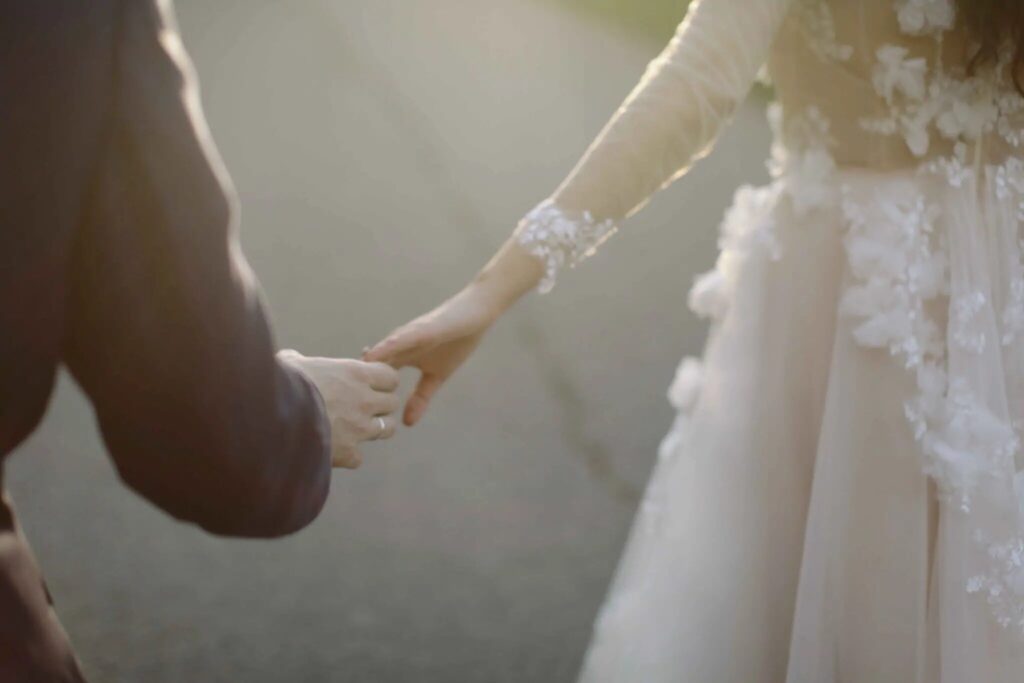
Using Flash Modifiers for Stunning Wedding Shots
Regardless of whether you’re using manual or TTL flash, you can still make a difference using flash modifiers. These tools can help you soften the light, direct the light, or even add color to the light. There are several flash modifiers available to choose from.
Bounce Flash
Bouncing the flash off a surface—like a ceiling or a wall—is a simple and effective way to soften the light and create more flattering portraits. However, it’s important to consider the color and distance of the surface you are bouncing the light from as it can have an impact on how your light looks once it hits the subject.
Off-Camera Flash
Using off-camera flash allows you to create more dramatic and directional lighting. By moving the flash off the camera, you can control the angle and distance of the light. By doing this, you are free to make the light hit the subject from a variety of angles, resulting in images that do look excellent.
Diffusers and Gels
Diffusers soften the light from the flash, reducing harsh shadows and creating a more flattering light for portraits. Gels, on the other hand, add color to the flash. You can use them to match the flash color to the ambient light (for example, by using a CTO gel to match tungsten light) or to add creative color effects to your images.
Advanced Techniques: Combining Flash with Long Exposures and HDR
Basics of flash photogrpahy are not that hard to master, to be honest. Having a basic understanding of these principles work is more than enough to get you started. However, there are some advanced techniques that can take you even further and we are going to look into them.
Combining Flash with Long Exposures
Long exposure photography involves using a slow shutter speed to blur motion in the image. When combined with flash, it allows you to freeze your main subject while capturing the motion in the background. This technique can be particularly effective for dancing scenes at the wedding reception, where you can freeze the couple in motion while capturing the movement of the dance floor around them.
For more tips on working in low light, check out our guide on low-light wedding photography tips.
Flash and HDR
High Dynamic Range (HDR) photography involves taking multiple images at different exposures and blending them together to capture a wider range of light and dark details than a single image can. When combined with flash, HDR can help balance the exposure between a dark interior and a bright exterior, or between a backlit subject and a darker background. Now, it is worth noting that both techniques are normally avoided together for obvious reasons–they require a lot of small pieces to fit together, are time consuming, and most professional photographers tend to stay away from them because they can easily be miscalcluated, resulting in a completely useless picture. .
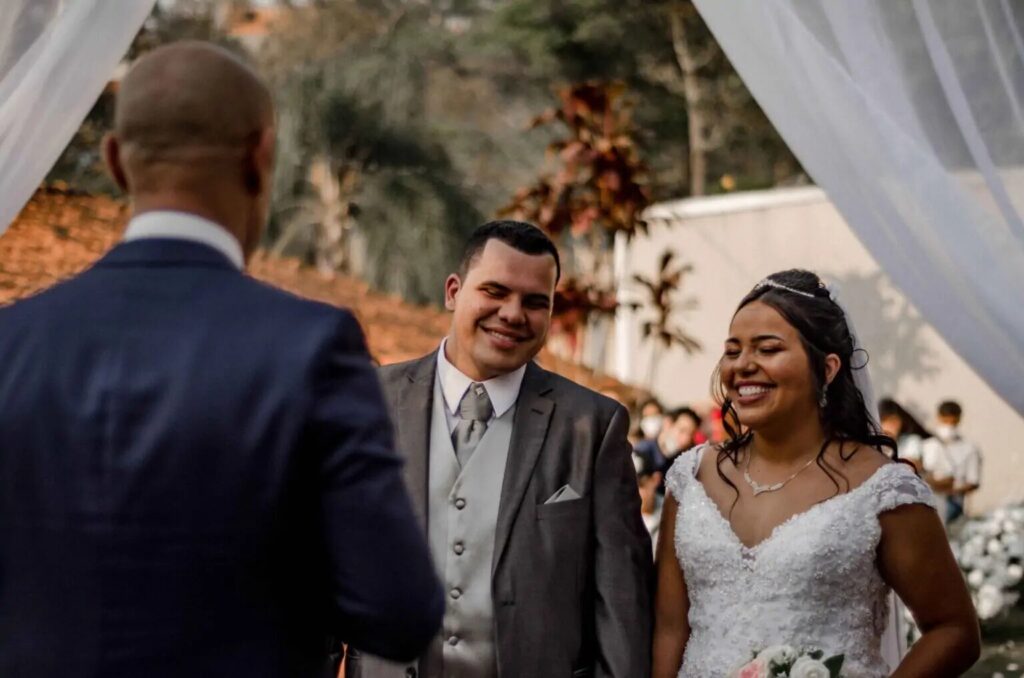
Conclusion
Mastering flash settings in wedding photography can be a game-changer. Whether it’s understanding the basics of flash, getting to grips with manual and TTL modes, using flash modifiers, or exploring advanced techniques, each step brings you closer to capturing beautiful, well-lit wedding images. And remember, the best way to enhance your photography skills is to understand your equipment well. Here’s our take on some of the best cameras for event photography, which could help you make an informed choice.
While this guide should help you navigate the world of flash photography, remember that each wedding is unique. You will have to deal with scenarios that are drastically different, and based on that, you should always be prepared to get the images you are set out to get. After all, it’s those unexpected, magical moments that make each wedding special. Good luck, and happy shooting!
Frequently Asked Questions


